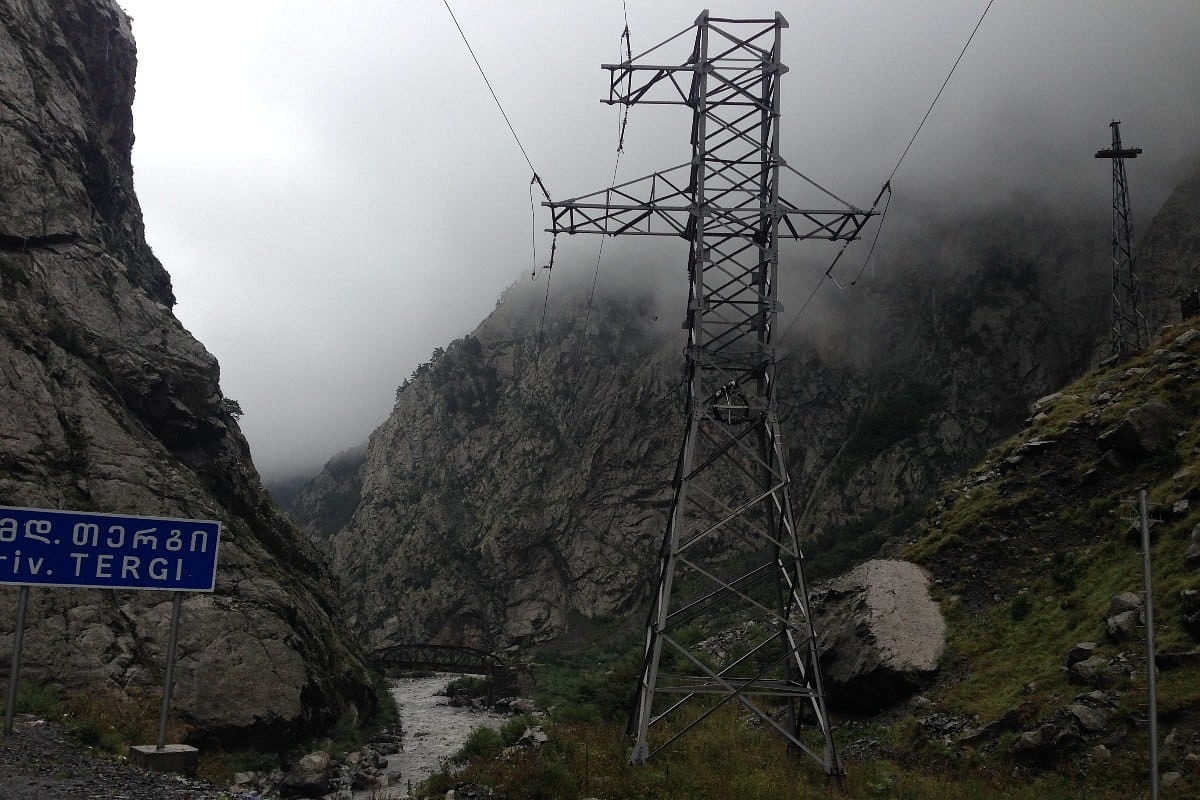News Brief
Green Energy Corridor From Ladakh To Haryana Gets President's Assent, Here's All About This 713-Km-Long Transmission Line

Transmission line in Ladakh (representative image)
Green Energy Corridor (GEC), which will evacuate 13 GW of renewable energy from Ladakh, got the President's assent on 15 February as per the Ministry of New and Renewable Energy (MNRE) letter, seen by MoneyControl.
The strategic project is estimated to cost Rs 20,773.70 crore, of which Rs 8,309.48 crore will be given by the Centre. The GEC includes a transmission line from Ladakh's Pang to Haryana's Kaithal.
A renewable energy park is under construction at Pang. Passing through Himachal Pradesh and Punjab, the GEC will evacuate green power from there to ultimately integrate it with the national grid.
The project was approved by the Cabinet Committee on Economic Affairs, under the chairmanship of Prime Minister Narendra Modi in October 2023. Power Grid Corporation of India Limited (PGCIL) will implement it.
The 713-km-long transmission line will include 480 km of High Voltage Direct Current (HVDC) lines and 5 GW capacity of HVDC terminals each at Pang and Kaithal. The project is estimated to be completed by 2030.
"The Leh-Ladakh GEC is a very strategic project because it has numerous challenges. It is for the first time that such a project is being executed at a height of 4,500-5,000 metres," PGCIL CMD Ravindra Kumar Tyagi said.
Currently, work is being done on front-end engineering and design studies, which are expected to be completed by March. After this, detailed parameters of all equipment will be finalised. PGCIL is likely to place orders by March 2025.
"We are going to place orders for the first phase maximum by December since we will get the outcome of the studies by that time, we will have all the documents ready for tendering," Tyagi said while interacting with investors.
India has set a target of installing 500 GW of electricity capacity from non-fossil fuels by 2030. The project is a major step towards that. It will also create direct and indirect employment, especially in Ladakh region.
Support Swarajya's 50 Ground Reports Project & Sponsor A Story
Every general election Swarajya does a 50 ground reports project.
Aimed only at serious readers and those who appreciate the nuances of political undercurrents, the project provides a sense of India's electoral landscape. As you know, these reports are produced after considerable investment of travel, time and effort on the ground.
This time too we've kicked off the project in style and have covered over 30 constituencies already. If you're someone who appreciates such work and have enjoyed our coverage please consider sponsoring a ground report for just Rs 2999 to Rs 19,999 - it goes a long way in helping us produce more quality reportage.
You can also back this project by becoming a subscriber for as little as Rs 999 - so do click on this links and choose a plan that suits you and back us.
Click below to contribute.
Latest